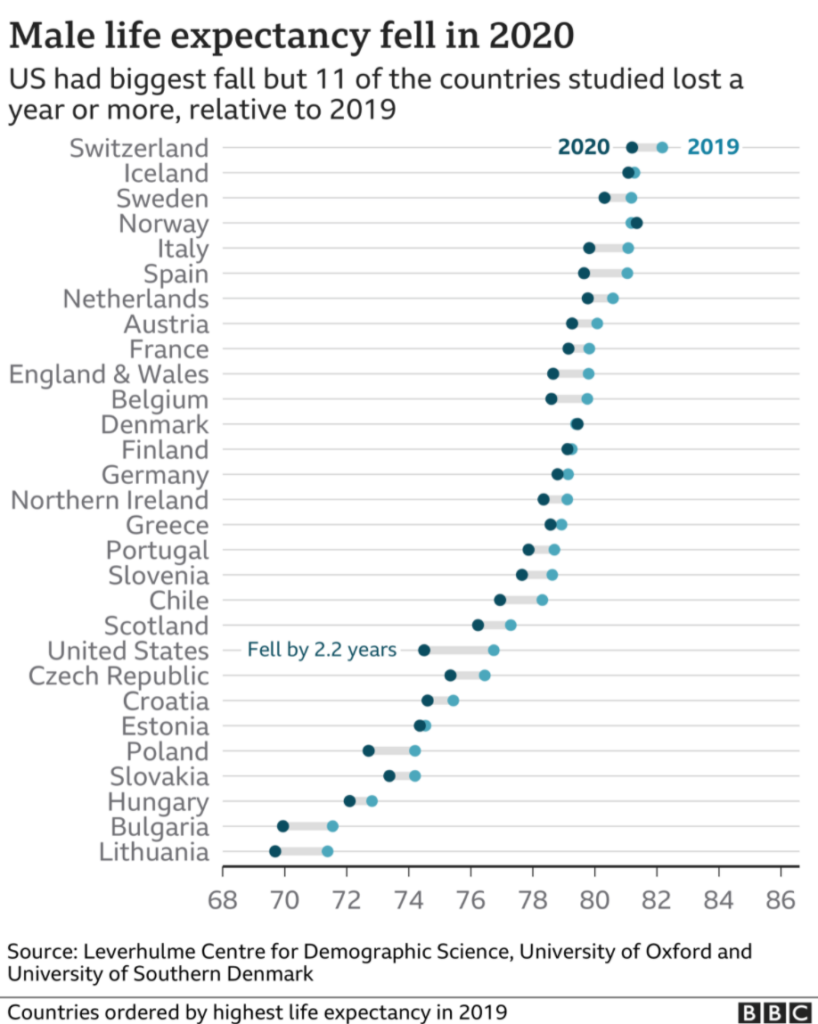Link: https://www.city-journal.org/britain-successful-vaccine-program
Excerpt:
Almost everyone I know in Britain has been surprised—for once, pleasantly so—by the success of the country’s vaccination program against Covid-19. We are so accustomed to the abject failure of our public administration in almost everything, from its political dithering, followed by self-evidently wrong (and costly) decisions, to its bureaucratic incompetence and moral corruption, that when something goes right, we stand amazed. What, indeed, can explain why something should at last have gone right?
…..
The government decided that everyone should be immunized according to risk—first the oldest people and health workers, then the slightly less old and those with compromised immunity, and then the still less old, and so forth, until all adults will have been covered. By spring, more than half the population had received a first (and most important) dose of a vaccine. Almost no opposition to, or even criticism of, this manner of proceeding has arisen— unlike with almost everything else the government has done in its response to the pandemic—and the uptake of the vaccination offer has been high, except among some ethnic minority groups.
The government website to make a vaccination appointment could hardly have been better designed. It gave a large choice of locations, based on their distance from one’s home; we could select time and place. My wife and I chose the following day at noon at Ludlow Racecourse, where a large vaccination center was operating. We could have had our vaccination at my local doctors’ office, 300 hundred yards away from where we lived, but in a time of lockdown, we wanted a day out: so reduced have been our horizons of late that a drive of 20 miles or so seemed almost exciting.
Author(s): Theodore Dalrymple
Publication Date: Summer 2021
Publication Site: City Journal





